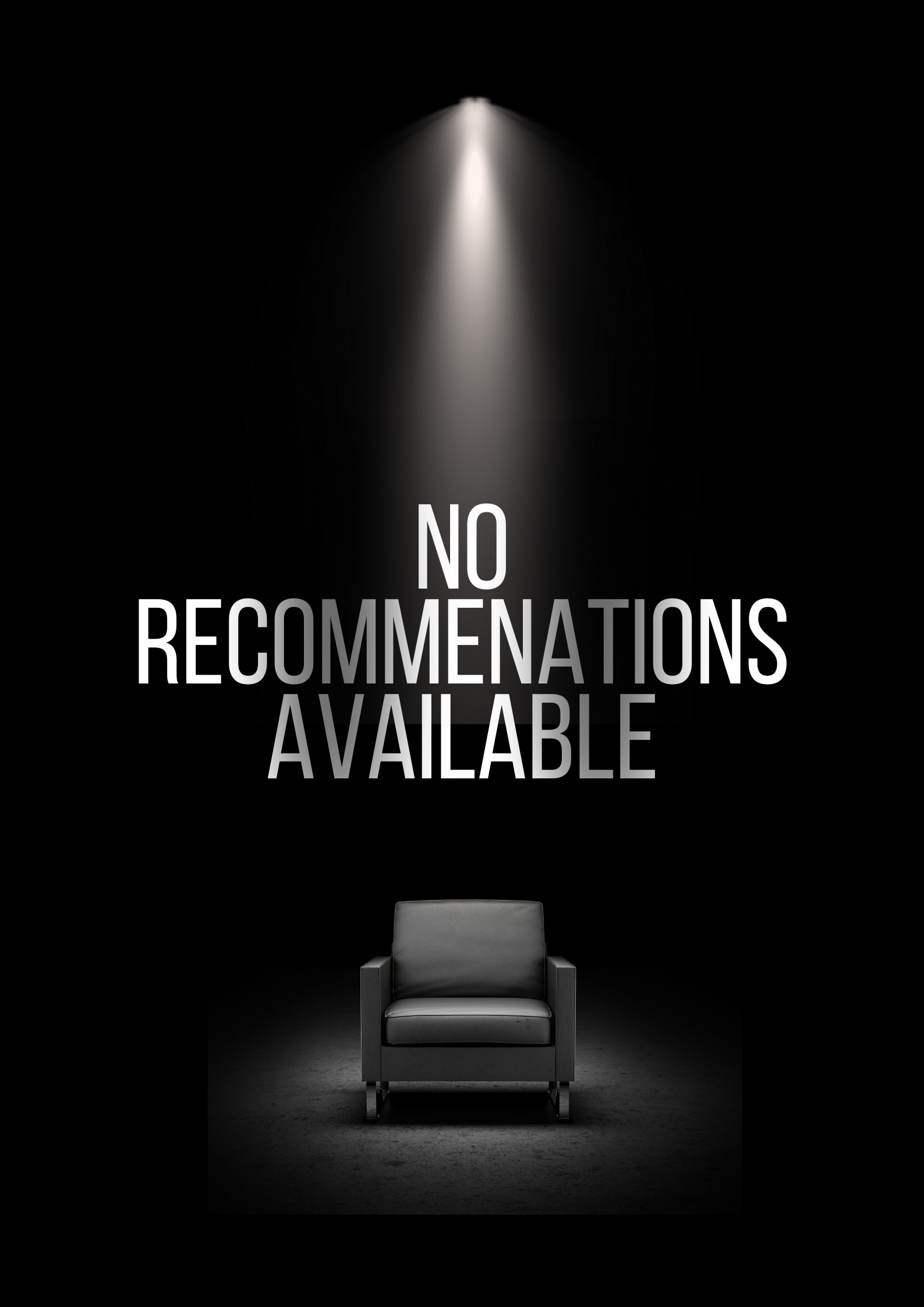Embodiment of Darkness
2019
0h 6m
0.0(0 votes)
Documentary
Mystery
Overview
A dark formless body moves . Formlessness of an entity is because a constant change in form is perceived as formless
Links & Resources
Social & External
Similar Movies
Recommended Movies

No Recommendations Yet
We're working on finding the perfect movies for you. Check back soon!
More movies coming soon

















